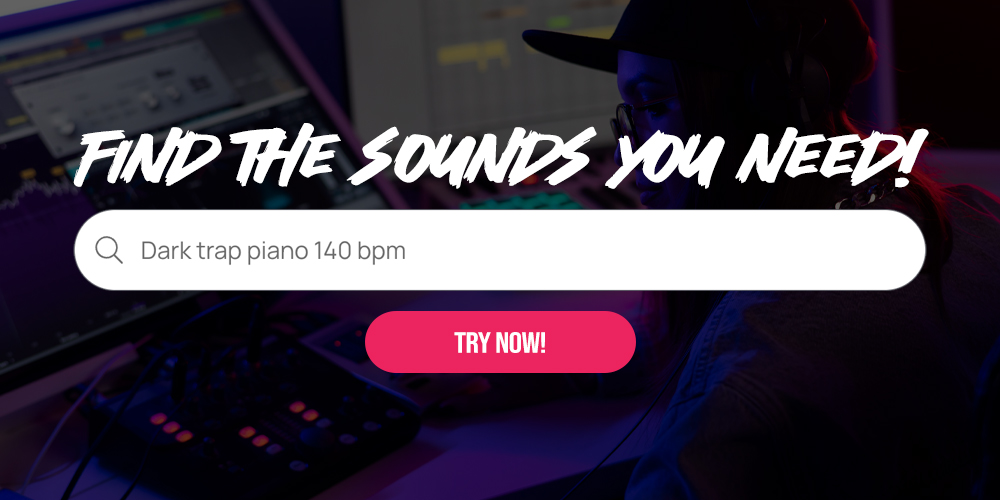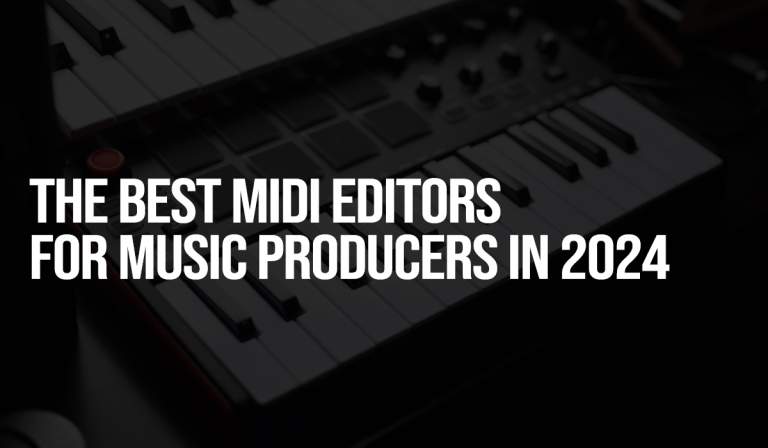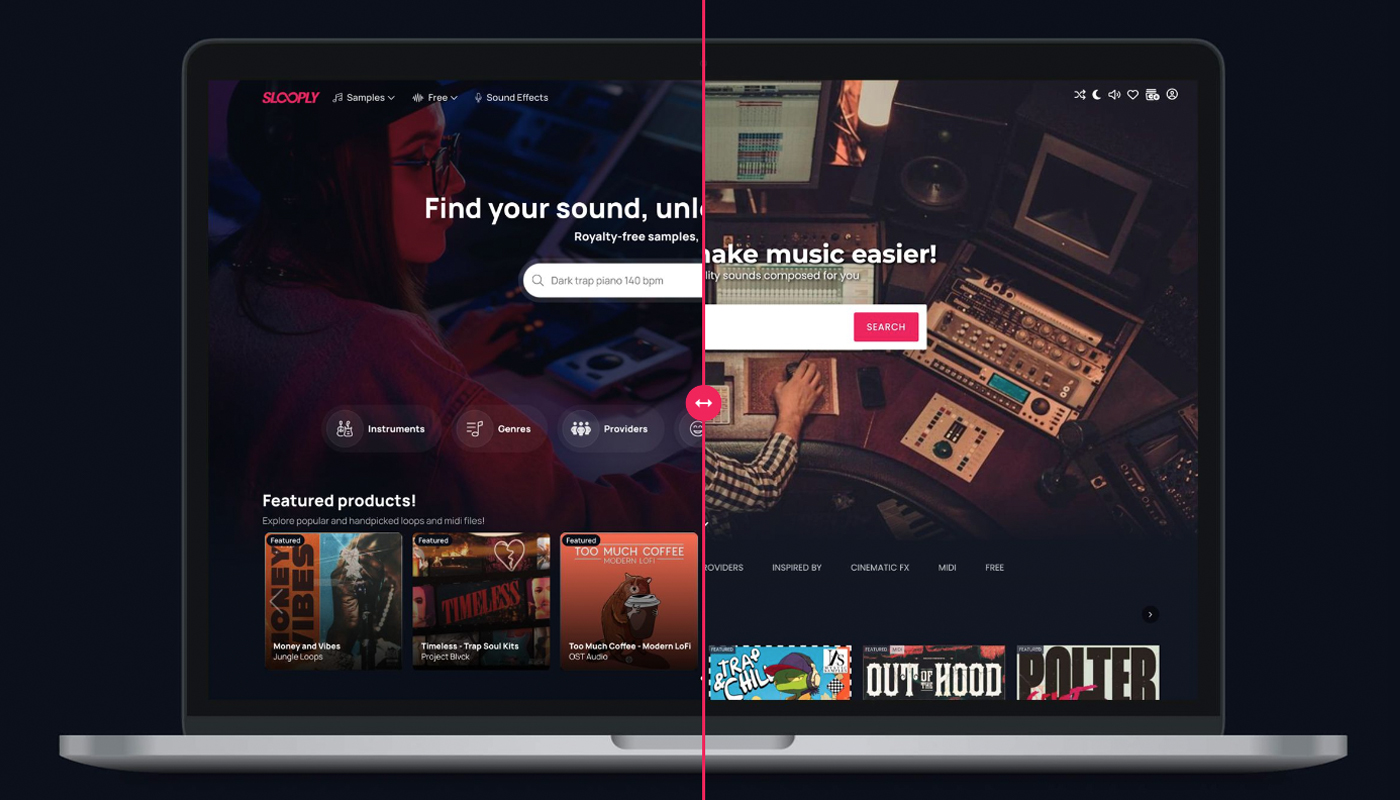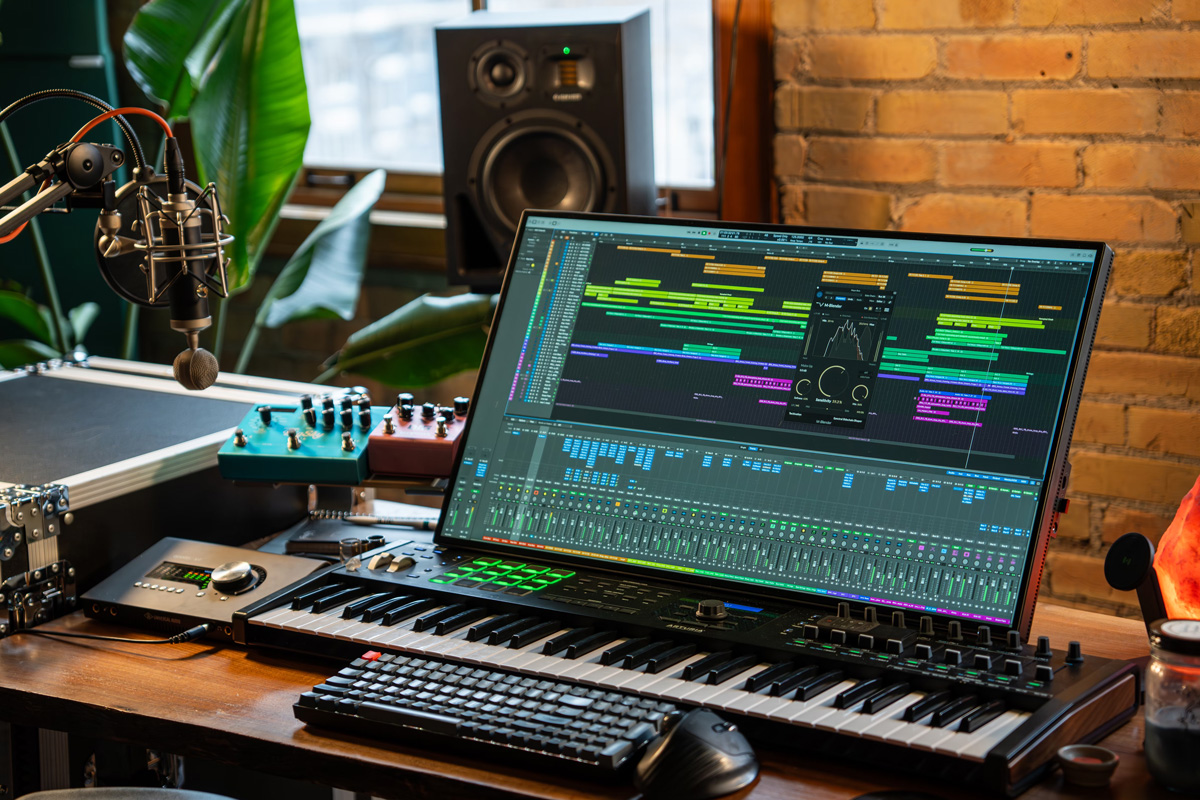Table of contents:
Starting Out in Music Production
When I first began my music journey, many people told me how challenging and difficult music production can be. Indeed, it hasn’t been easy, with years of refining my vocals, learning, and creating better tracks. Initially, I thought my creations were good, but those around me didn’t always give honest feedback. You might spend money on mixing, mastering, and promotion, only to find out that your track isn’t as good as you think. Before starting promotion, ensure your tracks are well-mixed, sound great, and appeal to a broad audience. A good producer by your side can make all the difference.
Importance of Quality Content
Having a quality product makes it easier to sell. Just as a well-packaged product sells better, a track with a great video will perform better on YouTube. On Spotify, where there is no visual element apart from the cover art, the focus is solely on the music. Therefore, you have fewer elements to perfect.
Differences Between YouTube and Spotify
On YouTube, it’s hard to get free traffic unless you follow their trends, such as creating shorts. Spotify works differently. Once your track gets on a playlist and reaches 1,000 plays, Spotify tends to promote it further, distributing it to listeners who enjoy similar music. Initially, I was skeptical about Spotify, but using it convinced me of its potential. For example, while driving, I found it convenient to use Spotify to discover new songs. The heart icon made it easy to save favorites, which I could later enjoy in my workspace.
Understanding Spotify Playlists
To effectively promote on Spotify, it’s essential to understand its playlist system. Spotify playlists can be divided into three categories: algorithmic playlists created by Spotify, large user-generated playlists with thousands of followers, and small private playlists. Ideally, your goal should be to appear on all these types.
Steps to Get on Spotify Playlists
- Leverage Your Network: Start by identifying friends who use Spotify. Getting your music on their private playlists can generate initial traffic. Engage with people on social media, discuss your music, and seek opportunities to be added to their playlists.
- Target Bigger Playlists: Once you’ve gained some traction, aim for larger playlists. Use Spotify’s search function to find playlists, many of which include contact details like Instagram or email. Reach out to the owners and request to be added. Be prepared to pay for placements, but often these fees are reasonable.
- Aim for Algorithmic Playlists: Spotify aims to match music with listeners’ preferences, so the more likes your track gets, the more likely it will appear on algorithmic playlists. Keep promoting your track on various playlists to increase its visibility and engagement.
Timing Your Releases
Avoid rushing to release your tracks. Plan your release well in advance, giving playlist curators time to review your music. This preparation increases your chances of being featured on more playlists and receiving better promotion from Spotify.
Creating Your Own Playlist
Create a playlist featuring your favorite tracks, including your music. A well-curated playlist can gain popularity over time, providing an additional platform to promote your tracks. Many successful playlist owners didn’t actively promote their lists; they simply created them, and they gained traction organically.
Additional Tips and Resources
There are many more strategies to boost your Spotify promotion. Share your tips and experiences in the comments. If you’re new to music distribution and unsure which service to use, I recommend DistroKid for its simplicity and 100% payout of collected earnings. Lastly, visit my YouTube channel for more content, including music videos. Stay tuned for more updates, and thank you for your support!











